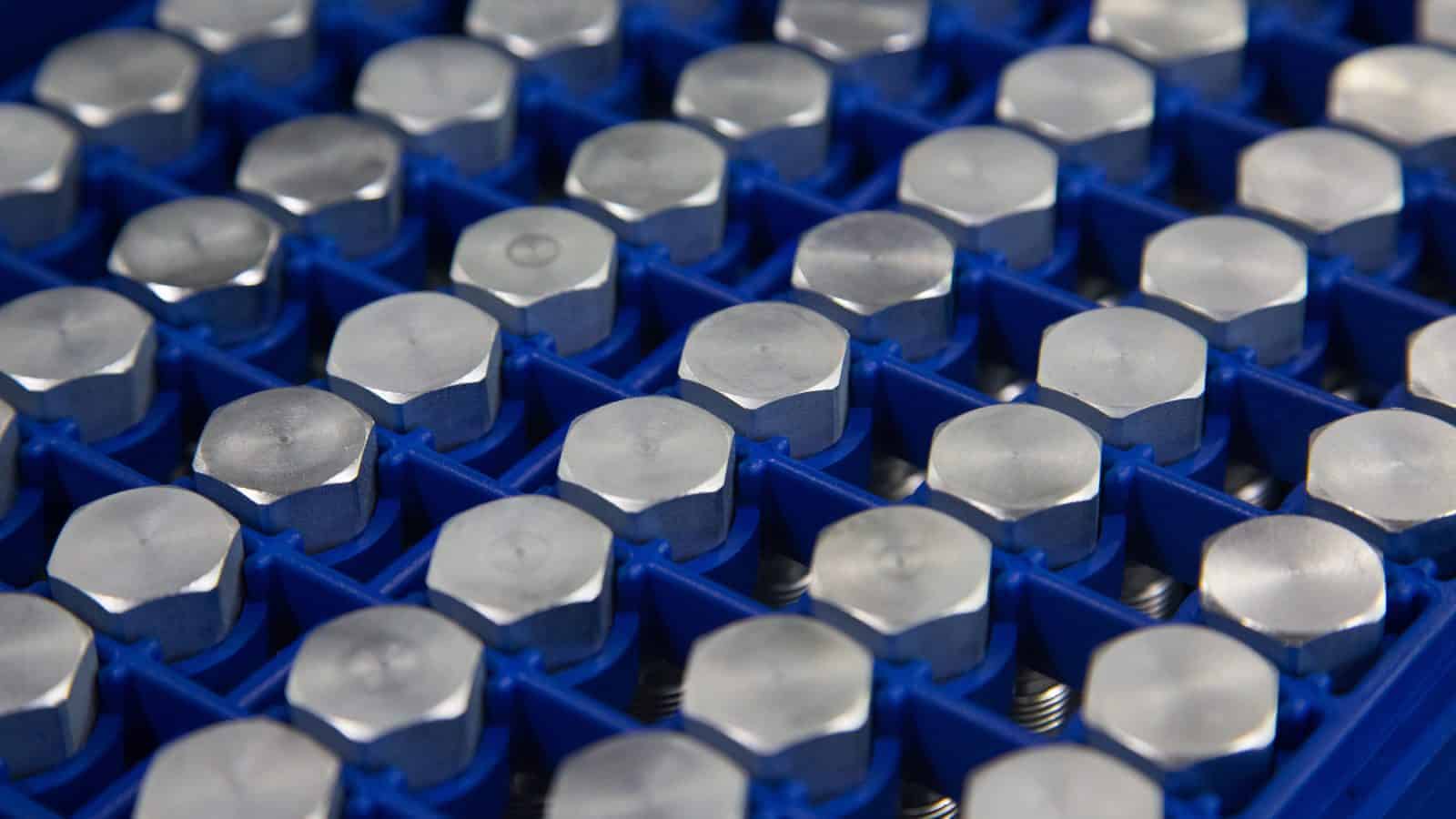Philadelphia Manufacturing Growth Slows in February
In February, Philadelphia’s regional manufacturing activity continued to expand but at a slower rate than in January. The index for current general business activity fell from 44.3 to 18.1 but remains above the index’s long-run nonrecession average. Nearly 41% of firms reported increased activity this month, while 22.5% saw decreases in February compared to just 6.6% reporting declines in January. Meanwhile, 34.7% experienced no change. The indexes for new orders and shipments both dropped to 21.9 and 26.3, respectively, but remained above their long-run averages. Additionally, employment expectations remained positive but fell from 11.9 to 5.3. The average employee workweek index dropped from 20.5 to 2.9.
Both price indexes rose to the highest readings in over two years and remain above their long-term averages. The prices paid index increased nearly nine points to 40.5, the highest reading since October 2022, and the prices received index rose more than three points to 32.9. As has been the case for many months, the prices received index remains lower than the prices paid index, indicating manufacturers were absorbing a sizable portion of those higher costs paid.
Looking ahead, all future indicators decreased. The index for future general business activity fell from 46.3 in January to 27.8 in February. A higher proportion of firms (18.5%) expect decreases in activity, compared to last month’s reading of 7.2%, but nearly half (46.3%) still expect activity to improve. Additionally, the future new orders and shipments indexes declined roughly 24 points, to 33.1 and 36.5, respectively. While still positive, the index for future employment dropped from 40.4 to 23.7. The capital expenditures index decreased 25 points to 14.0, the lowest reading since August 2024. The future prices paid index fell nine points to 58.6, while the future prices received index fell eight points to 46.1, indicating manufacturers remain concerned about future costs rising but not as much as before.
